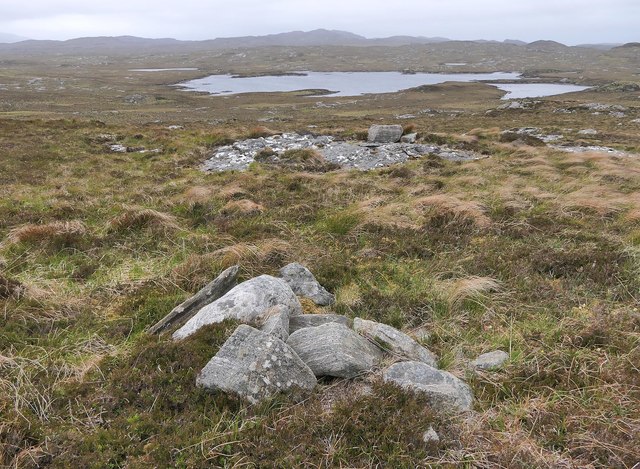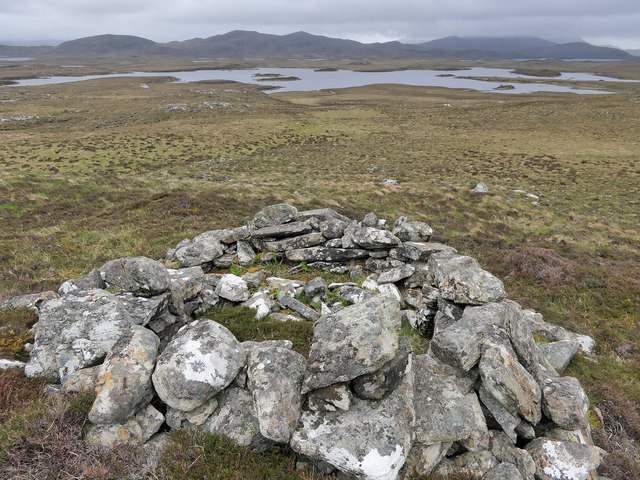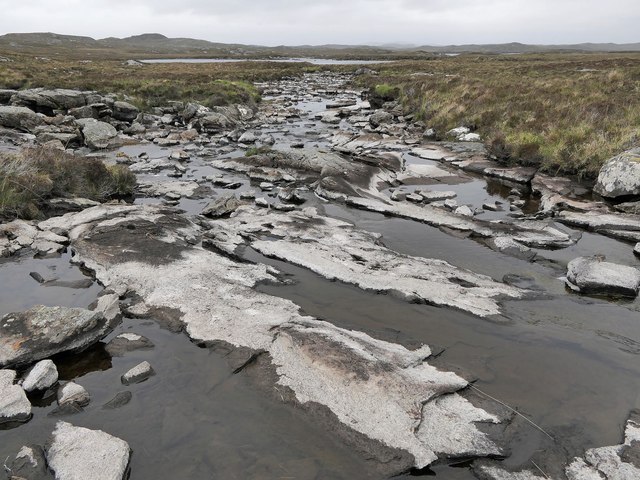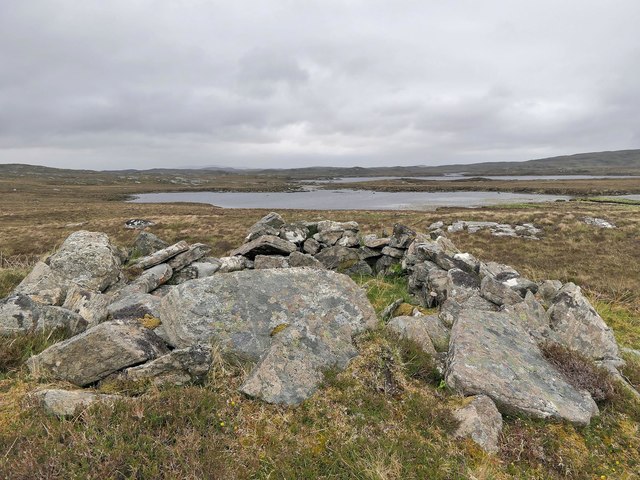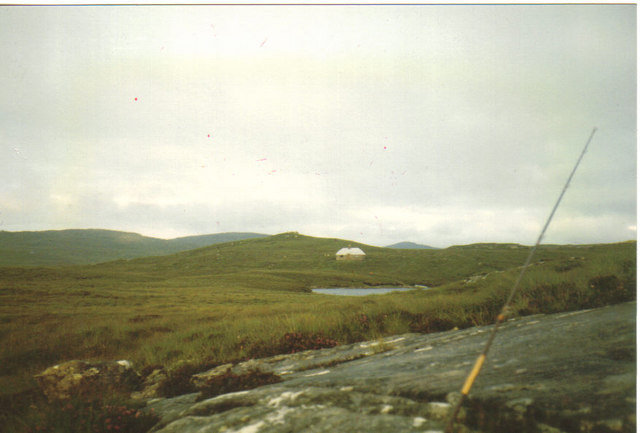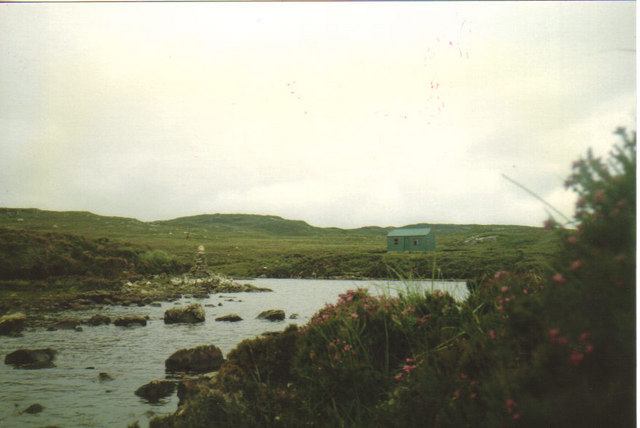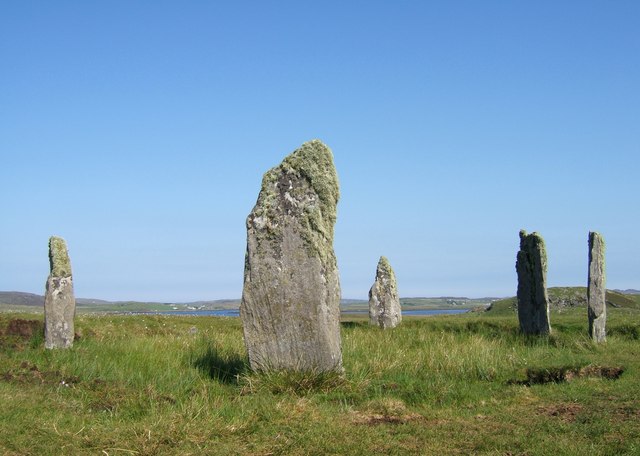Loch Faoghail Chiorabhal
Lake, Pool, Pond, Freshwater Marsh in Ross-shire
Scotland
Loch Faoghail Chiorabhal
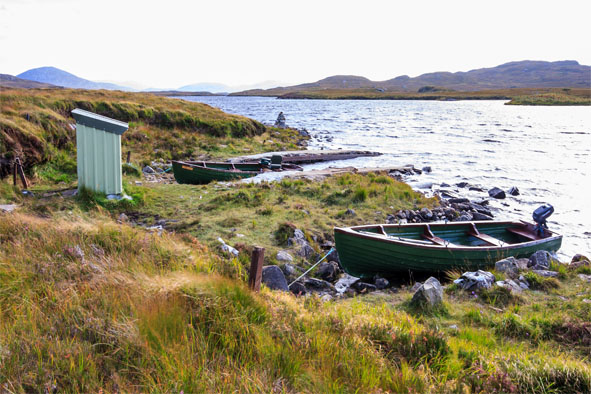
Loch Faoghail Chiorabhal is a picturesque freshwater body located in Ross-shire, Scotland. Nestled amidst the stunning Scottish Highlands, this loch is a popular destination for nature enthusiasts and outdoor lovers.
Surrounded by rolling hills and dense forests, Loch Faoghail Chiorabhal offers breathtaking panoramic views that capture the essence of Scotland's natural beauty. The loch is relatively small in size, resembling a pool or a pond, making it ideal for a tranquil retreat or a peaceful fishing spot.
The crystal-clear waters of Loch Faoghail Chiorabhal are teeming with an abundant variety of freshwater fish, including brown trout and pike. Anglers can be found casting their lines in search of the perfect catch, while birdwatchers can observe several bird species that call this loch home, such as the majestic ospreys and the elusive kingfishers.
The surrounding area of Loch Faoghail Chiorabhal is characterized by a lush freshwater marsh, which adds to the natural charm of the place. The marshland is home to a diverse range of plant species, including reeds, sedges, and water lilies, providing a habitat for numerous insects, amphibians, and small mammals.
Visitors to Loch Faoghail Chiorabhal can enjoy a peaceful walk along the loch's edge, taking in the serenity of the surroundings. The tranquil atmosphere, combined with the stunning scenery, makes it an ideal spot for picnics, photography, or simply immersing oneself in the beauty of nature.
Overall, Loch Faoghail Chiorabhal offers a serene and idyllic setting, providing a haven for wildlife and a tranquil escape for those seeking a peaceful retreat in the heart of the Scottish Highlands.
If you have any feedback on the listing, please let us know in the comments section below.
Loch Faoghail Chiorabhal Images
Images are sourced within 2km of 58.12727/-6.74332 or Grid Reference NB2025. Thanks to Geograph Open Source API. All images are credited.
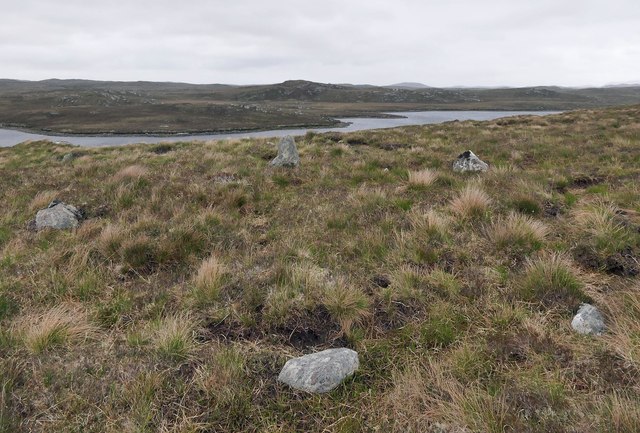
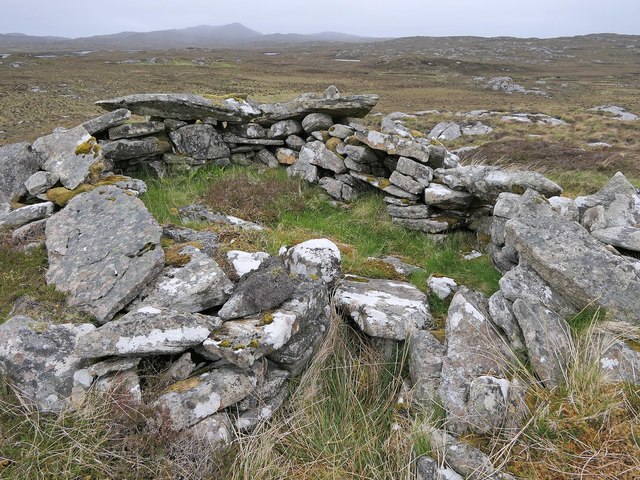
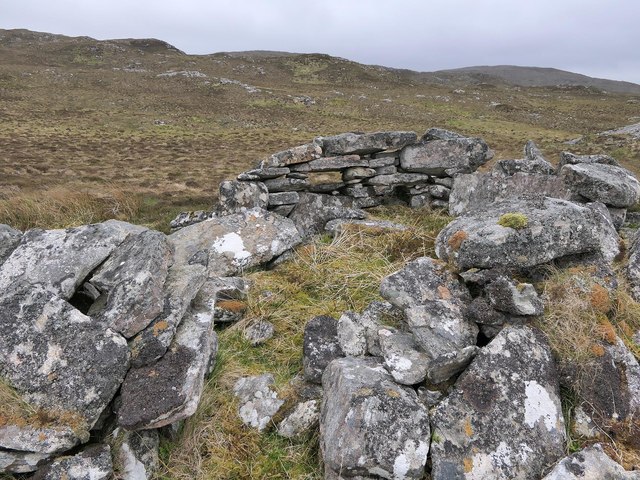
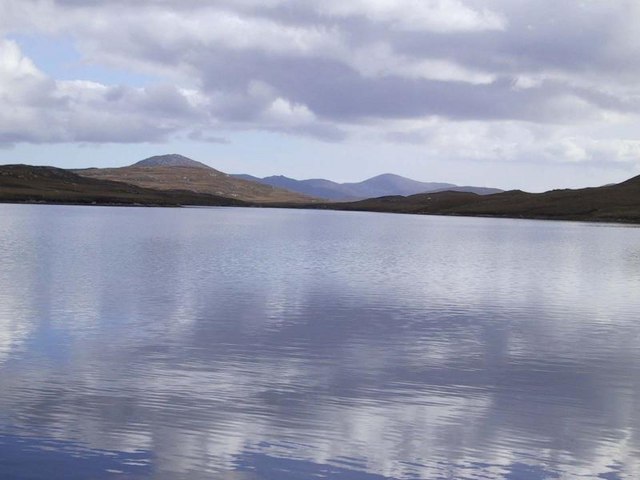
Loch Faoghail Chiorabhal is located at Grid Ref: NB2025 (Lat: 58.12727, Lng: -6.74332)
Unitary Authority: Na h-Eileanan an Iar
Police Authority: Highlands and Islands
What 3 Words
///deduct.empires.degrading. Near Leurbost, Na h-Eileanan Siar
Related Wikis
Eilean Mòr, Loch Langavat
Eilean Mòr is an island in Loch Langavat on the Isle of Lewis in the Outer Hebrides of Scotland. == Footnotes ==
Callanish IV
The Callanish IV stone circle (Scottish Gaelic: Ceann Hulavig) is one of many megalithic structures around the better-known (and larger) Calanais I on...
Garynahine
Garynahine (Scottish Gaelic: Gearraidh na h-aibhne) is a settlement on Lewis, in the Outer Hebrides, Scotland. Garynahine is situated at a T-junction where...
Garynahine Estate
Garynahine Estate (Scottish Gaelic: Gearraidh na h-aibhne) in Garynahine, a village on the Isle of Lewis, Outer Hebrides was owned by Sir James Matheson...
Have you been to Loch Faoghail Chiorabhal?
Leave your review of Loch Faoghail Chiorabhal below (or comments, questions and feedback).
